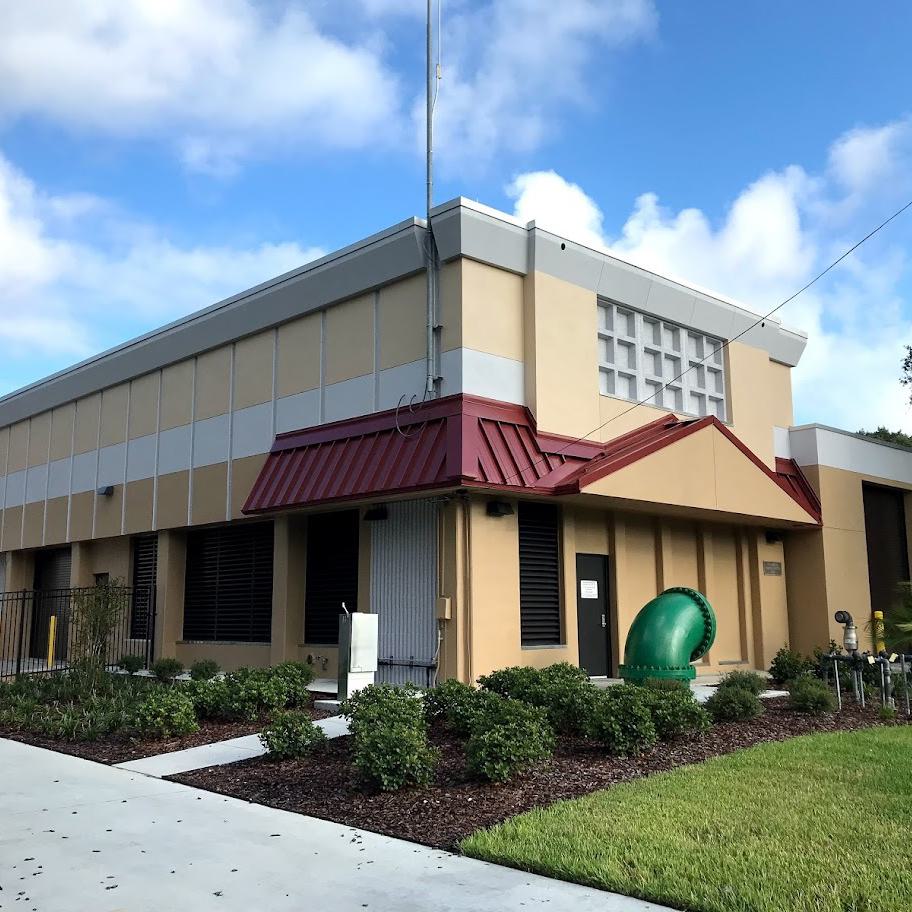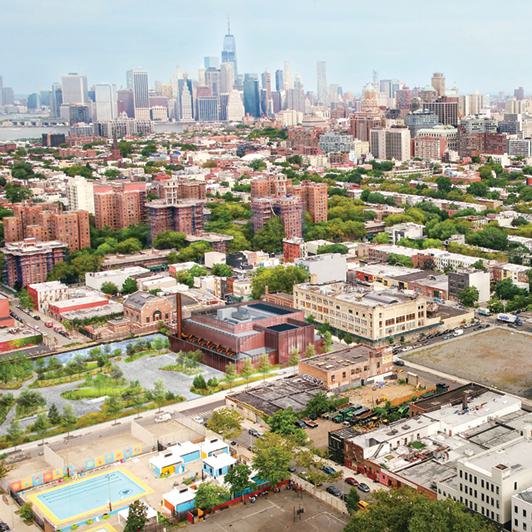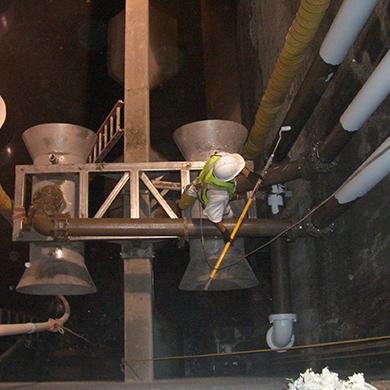Paerdegat CSO Facility Project Turns Fetid Mess into Serene Wetland

NEW YORK (AP) — Amid the crammed concrete and steel of Brooklyn, a ribbon of clear water stretches out into a vast bay. Tall grass rustles along the undulating shoreline, where bursts of golden flowers, pines and cacti flourish in the soft sand.
"This is what would have been here pre-us. Pre-European development," said John McLaughlin, director of the office of ecological services at New York City's department of environmental protection.
Just a few years ago, the tributary, known as Paerdegat Basin, was a fetid mess. The water was murky green, teeming with 1.8 billion gallons of sewage and rainwater that streamed in during storms. The working-class neighborhoods along the waterway stank like an outhouse during hot weather and low tide. The shoreline was strewn with rusted out cars, garbage and broken bottles.
"It was a junkyard. It was a chop shop," McLaughlin said. "It was a weed-strewn mess, full of invasive plant life. And boy, did it smell."
The Paerdegat tributary feeds directly into Jamaica Bay, a body of water and marsh sandwiched between Brooklyn and Queens, and on the shores of which sits Kennedy International Airport. Part of the area is run by the city; the other is Gateway National Recreational Area, which contains a wildlife refuge with one of the most important bird sanctuaries in the Northeast.
And now a decade-long $455 million investment by the city to clean up Paerdegat Basin is nearly complete, including a new sewage overflow retention facility at the head of the 1.3-mile-long channel and 52 restored acres of native grasslands and wetlands.
In older cities like New York, sewer systems are built on one pipe that handles both rainwater and sewage. With considerable concrete and not enough exposed earth to absorb rainwater, the combined runoff often overflows and backs into city waterways.
The new retention facility is capable of preventing 50 million gallons of wastewater per storm that would previously have streamed into the water and out to the bay. It was completed first and has been operational since 2011. Automated, state-of-the-art machinery clicks on when water levels rise too high. Giant rakes segregate large sticks, bottles and other refuse from the pooling wastewater, which is then collected and stored in giant underground tanks. After the storm subsides, the water is pumped out to a treatment facility and cleaned, and sent out the waterways.
The facility is spotless. Even the air is filtered, so there's no smell.
"That's the best compliment you can give us," said Chris Laudando, the chief of collections facilities for southern Brooklyn.
Excerpted from the Seattle Post-Intelligencer.




















